
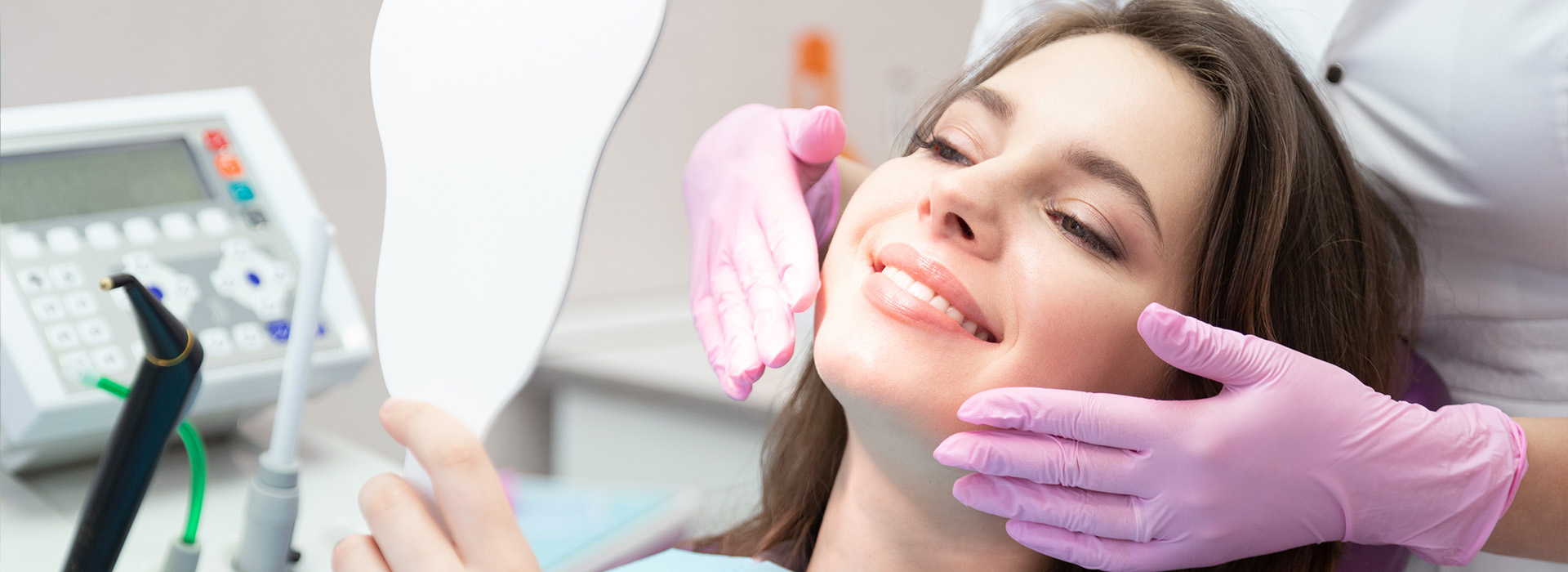
Dr. Sapan and Dr. Sharla can show you the difference with porcelain veneers and zirconium crowns (metal free crowns) in choosing your restoration options.
Thanks to advances in modern dentistry, teeth that have been affected by a range of imperfections or that have sustained damage from trauma or dental decay, can be restored to produce a naturally beautiful looking and functional smile. The cosmetic dental solutions available today can effectively improve and enhance the appearance of teeth that are stained, discolored, misshapen, chipped, fractured, gapped, crowded or broken down as the result of dental decay.
Cosmetic dental procedures can range from treatments that are relatively quick and non-invasive to more comprehensive plans of care to restore incomplete smiles that have been affected by severely damaged, lost, or missing teeth.
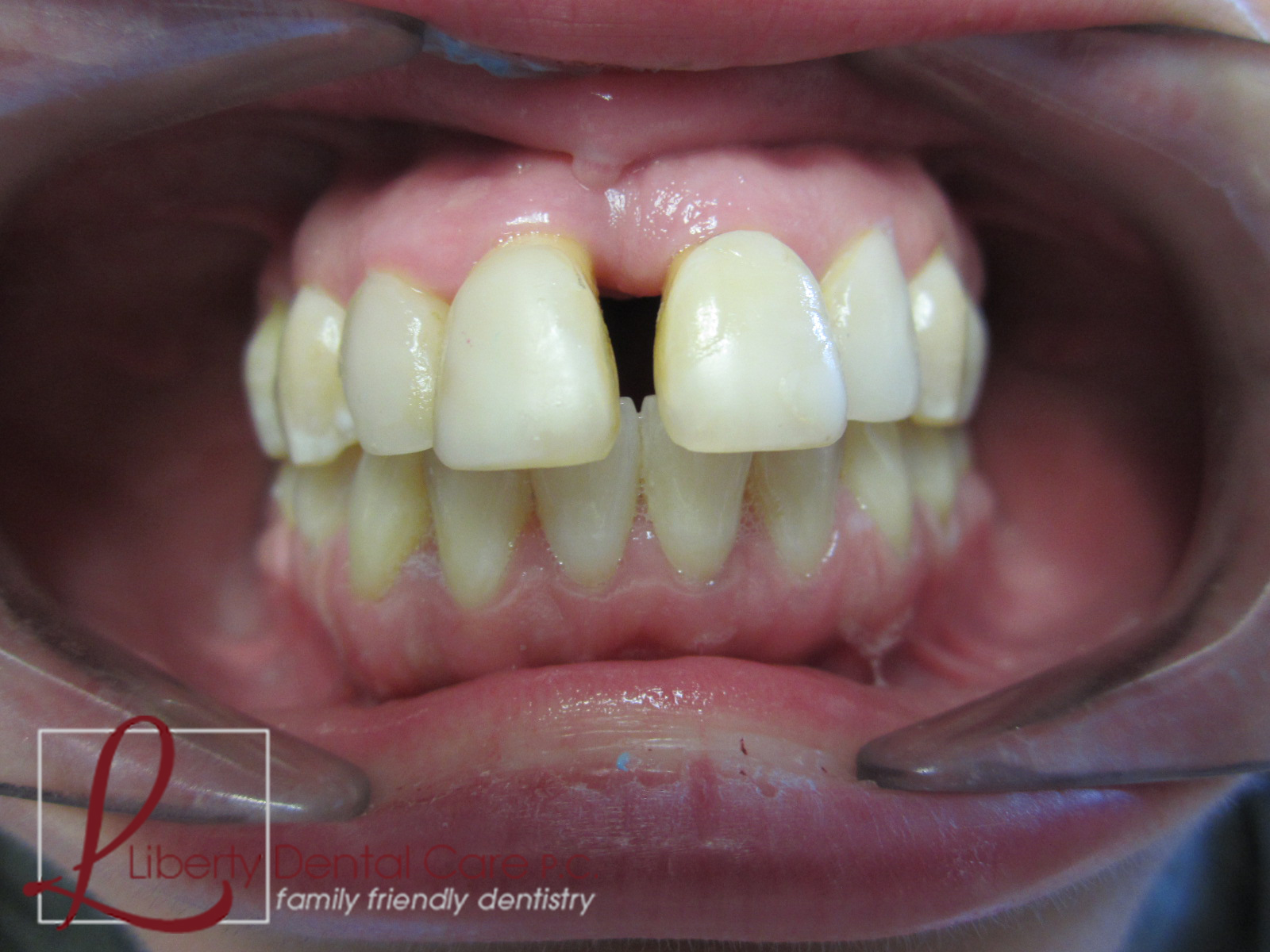
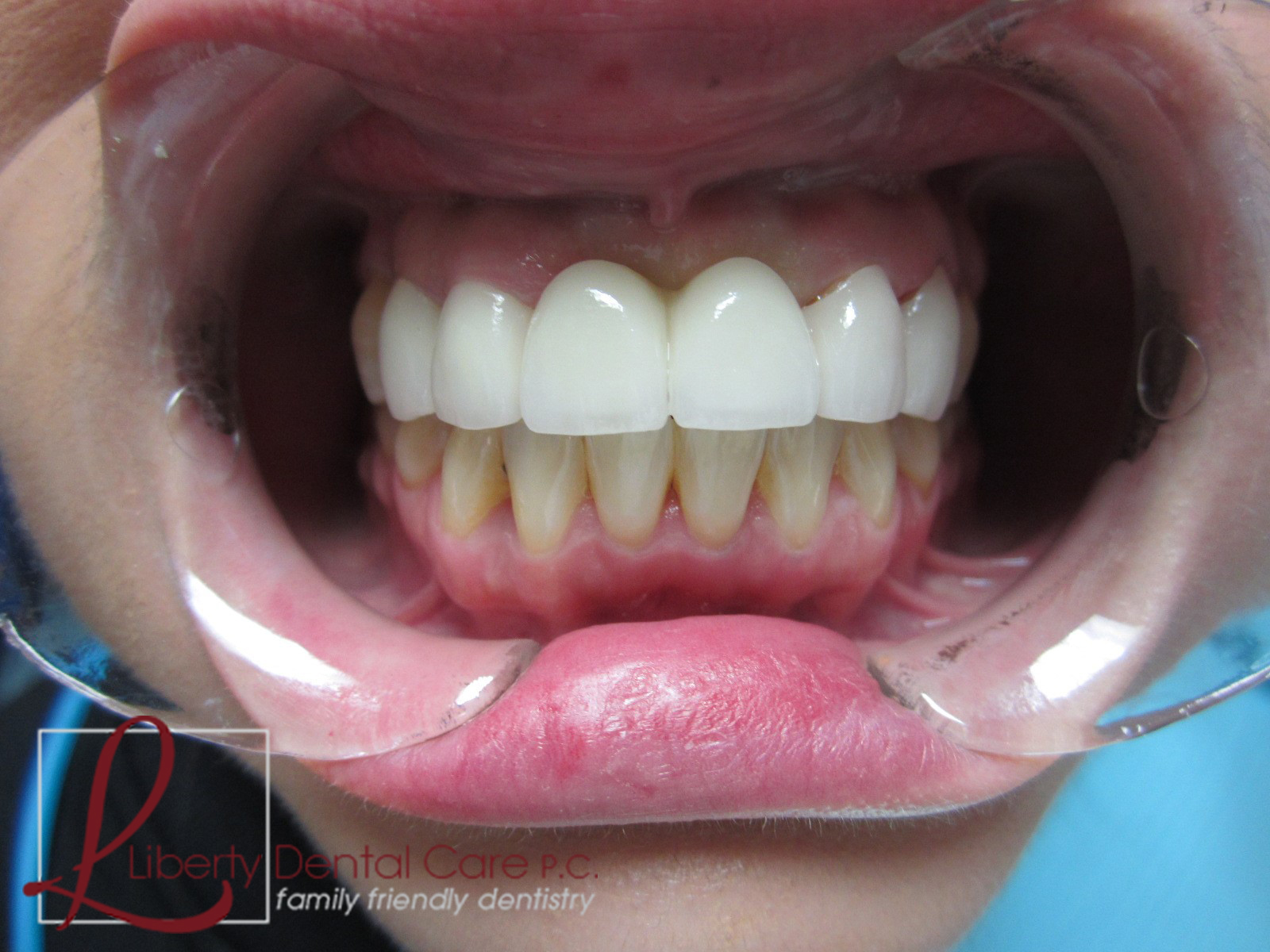
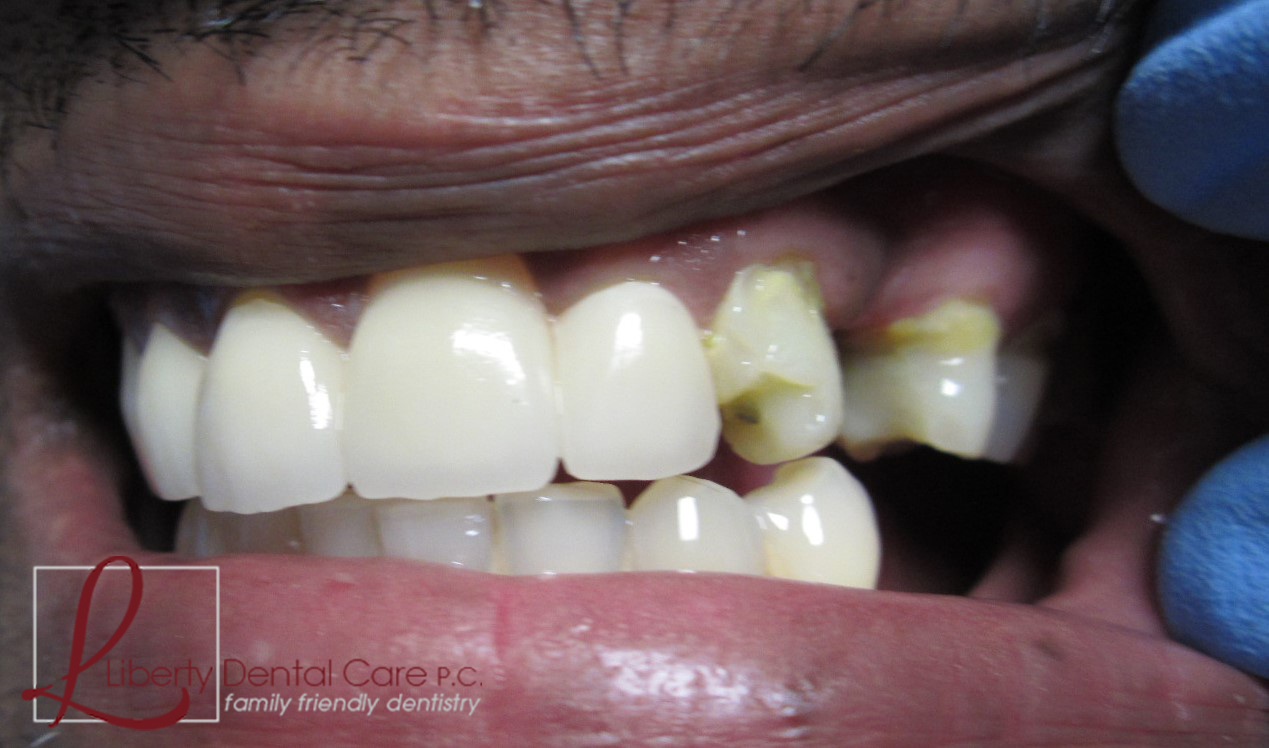
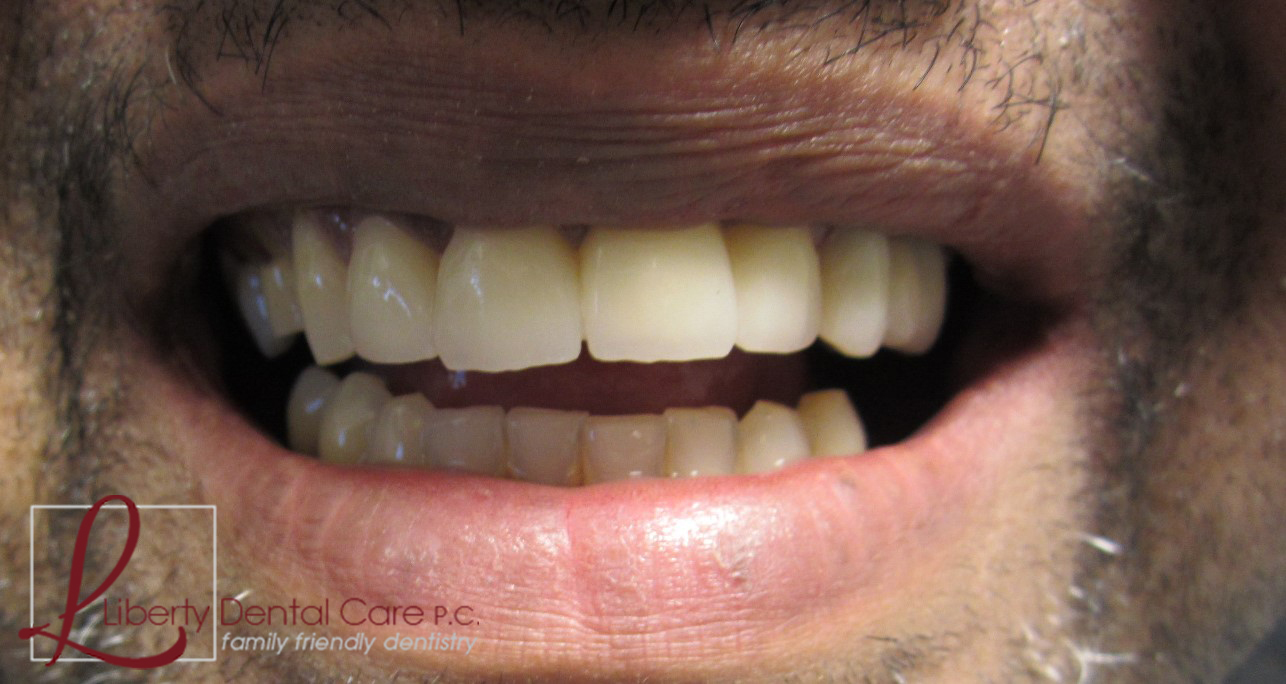
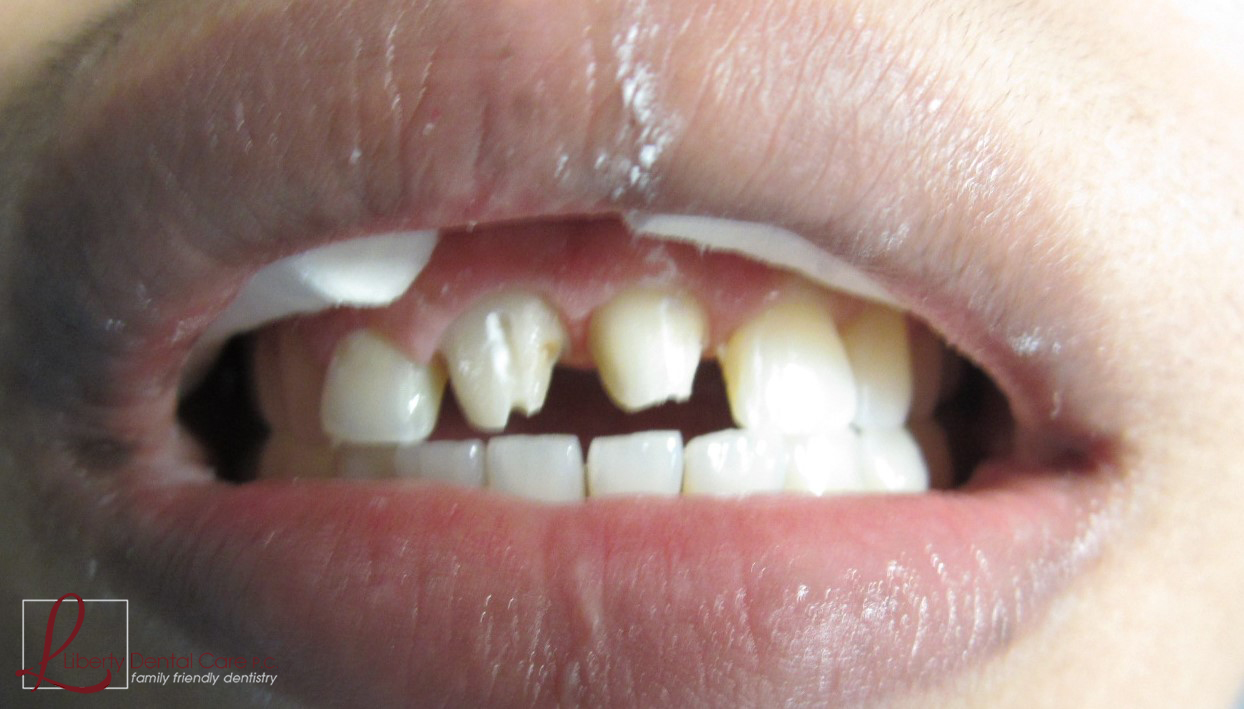
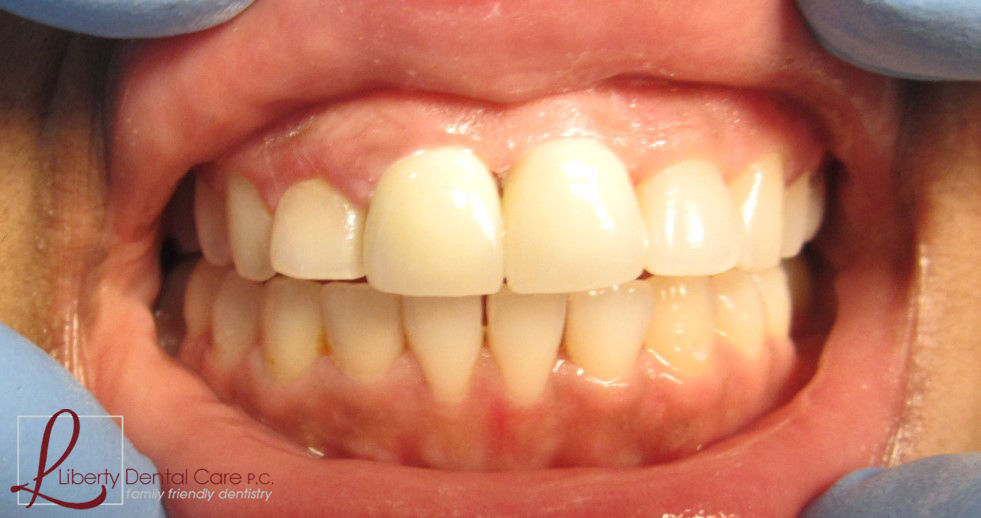
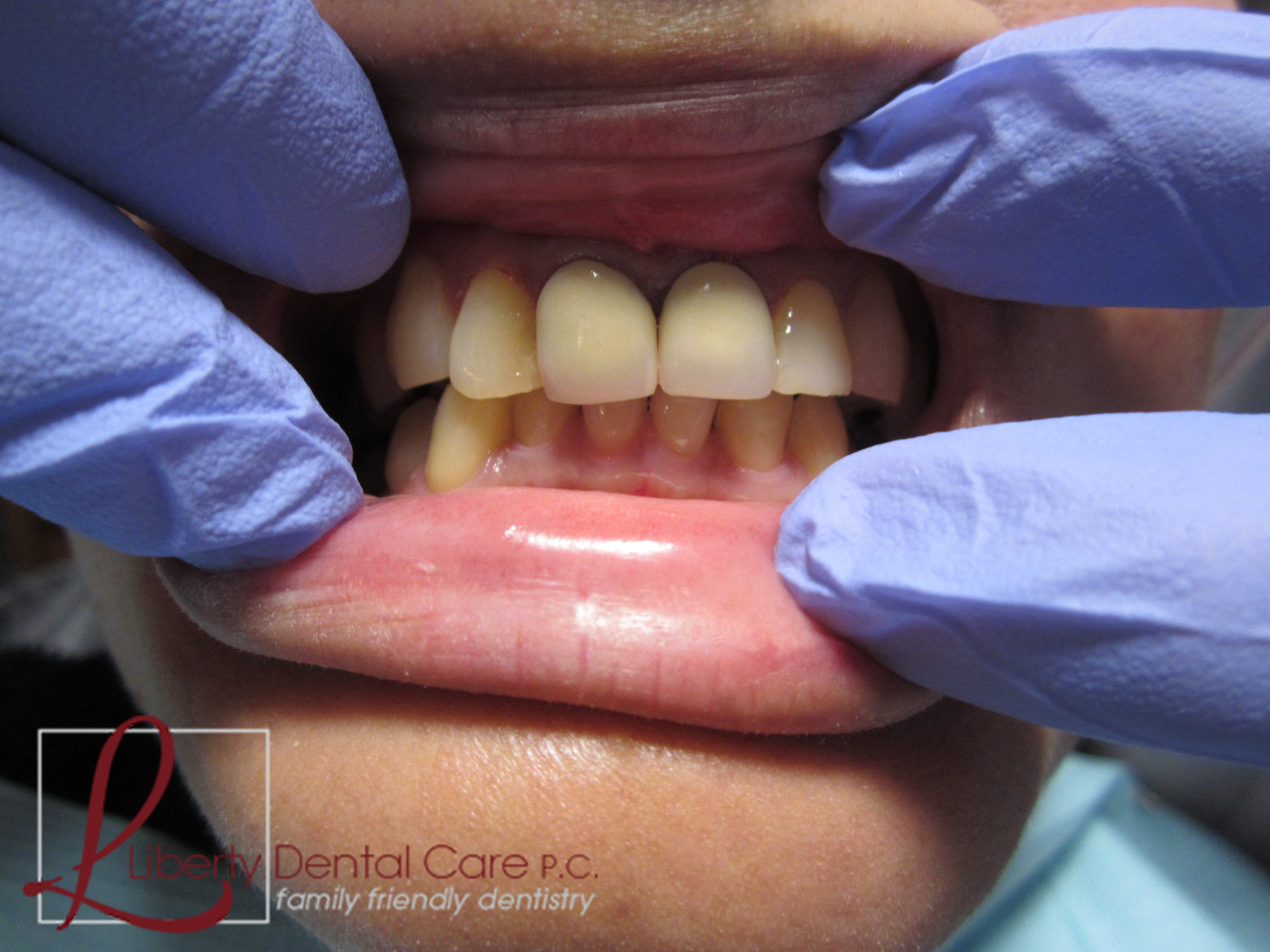
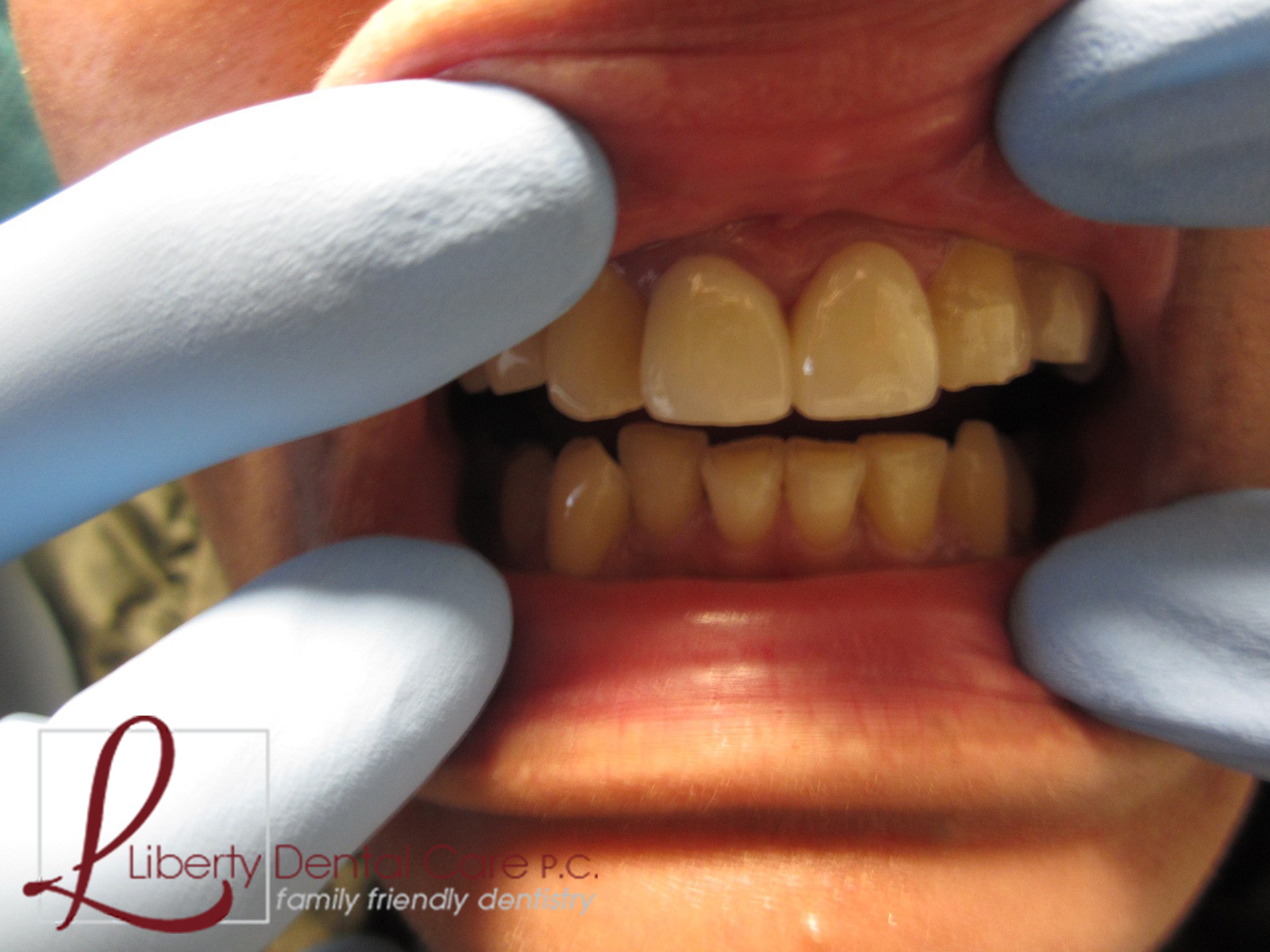
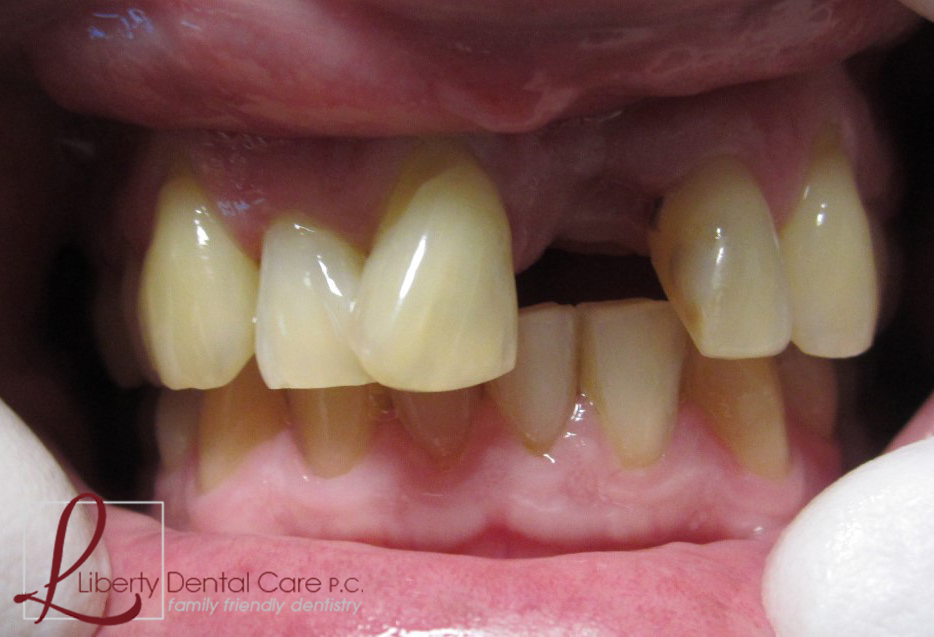
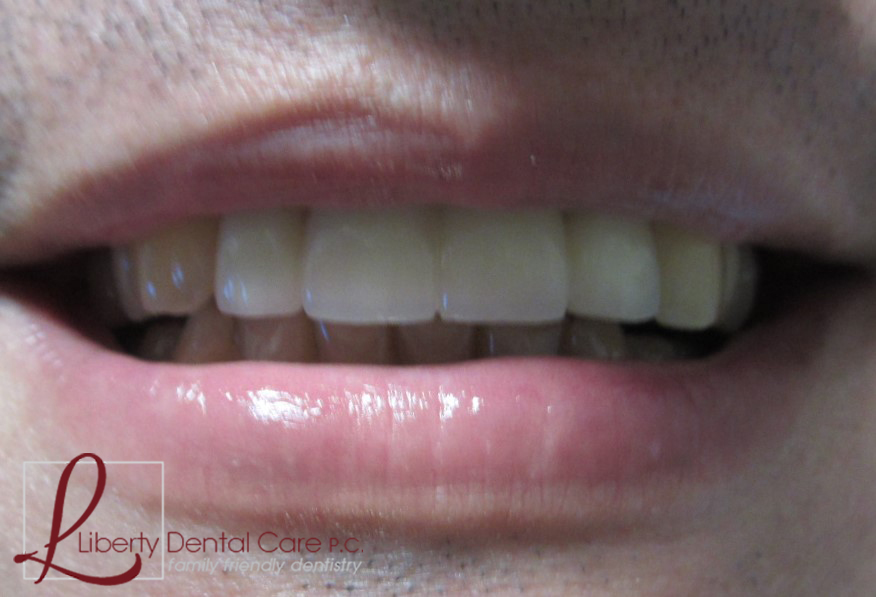
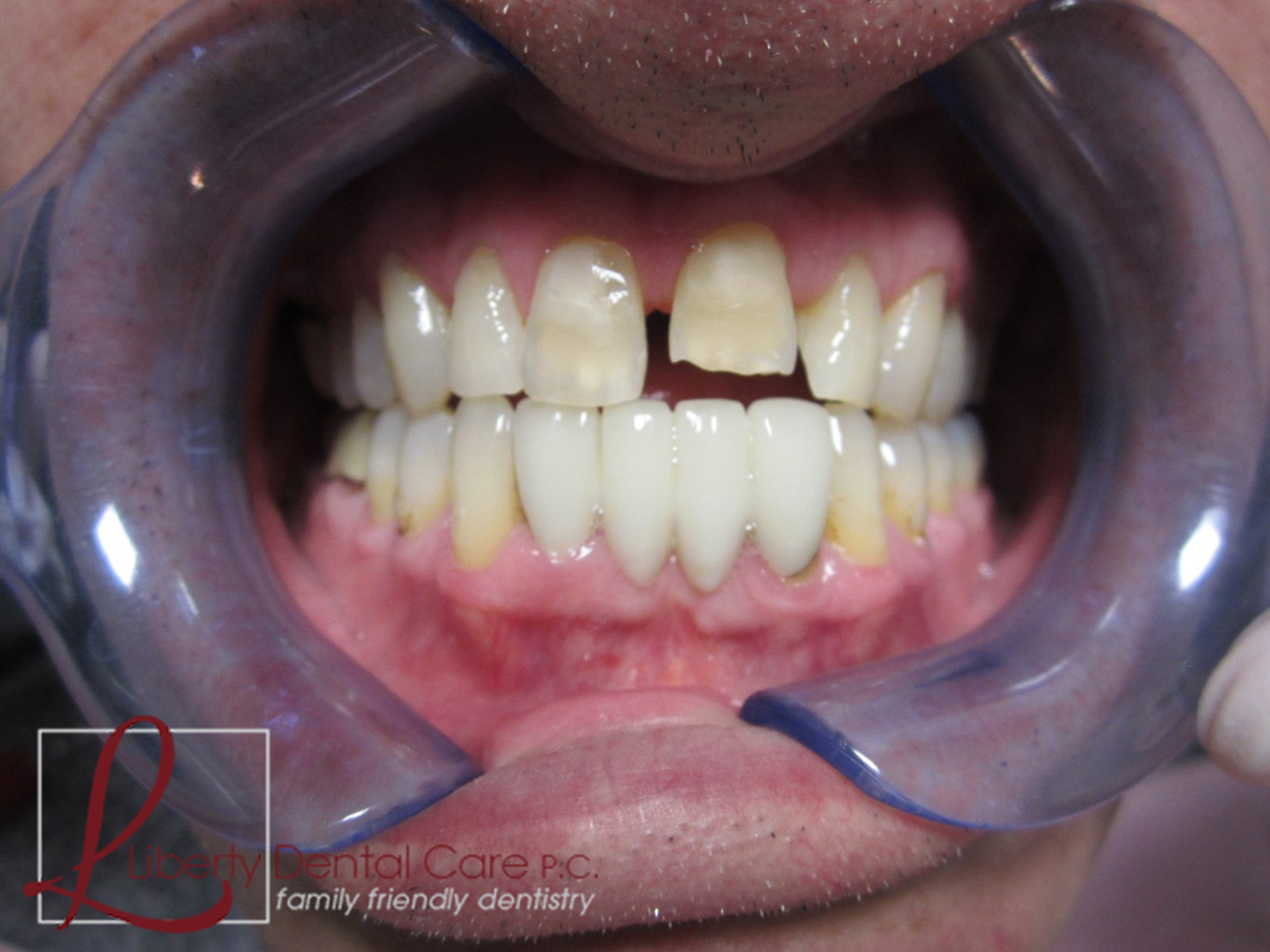
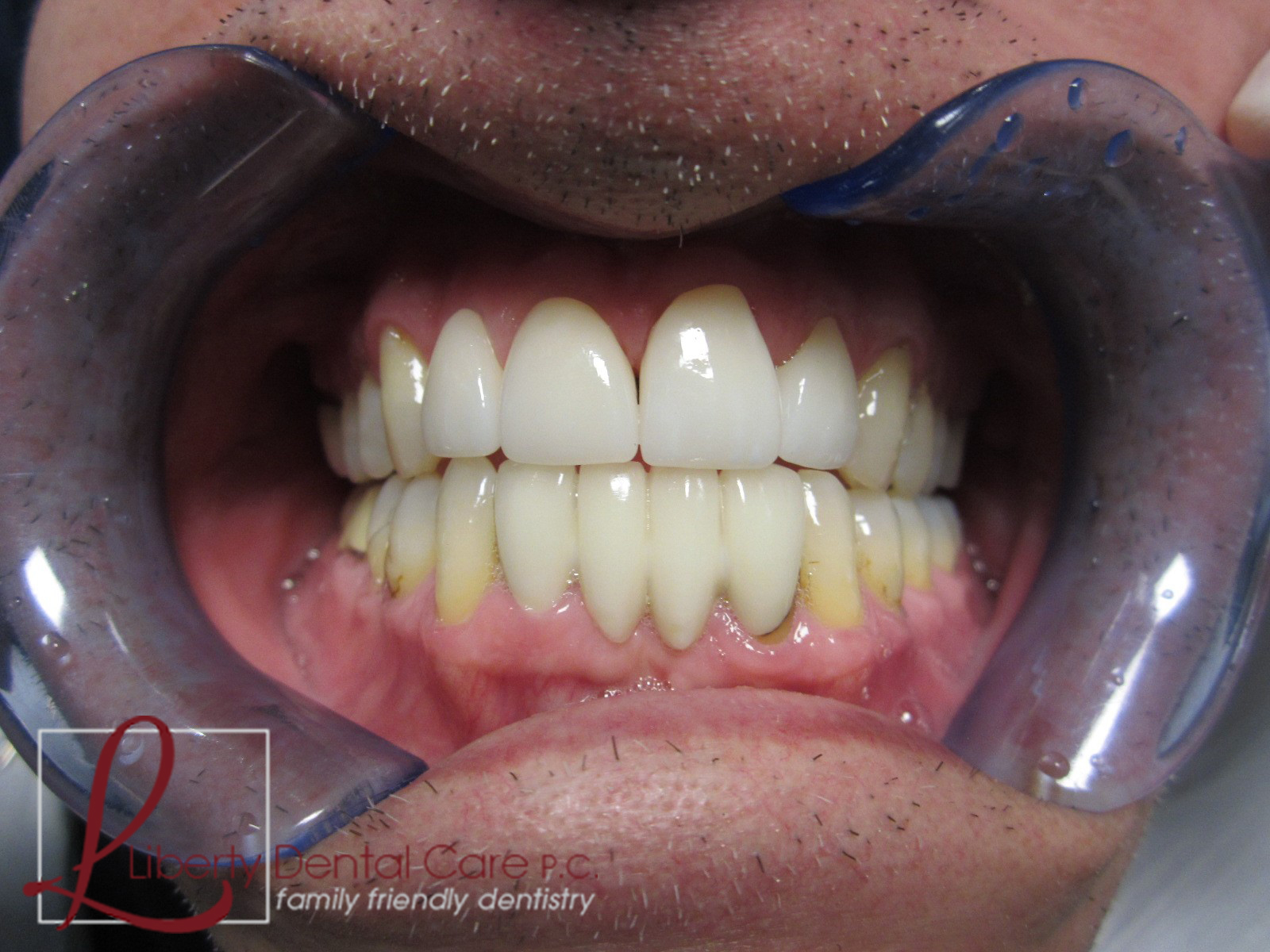
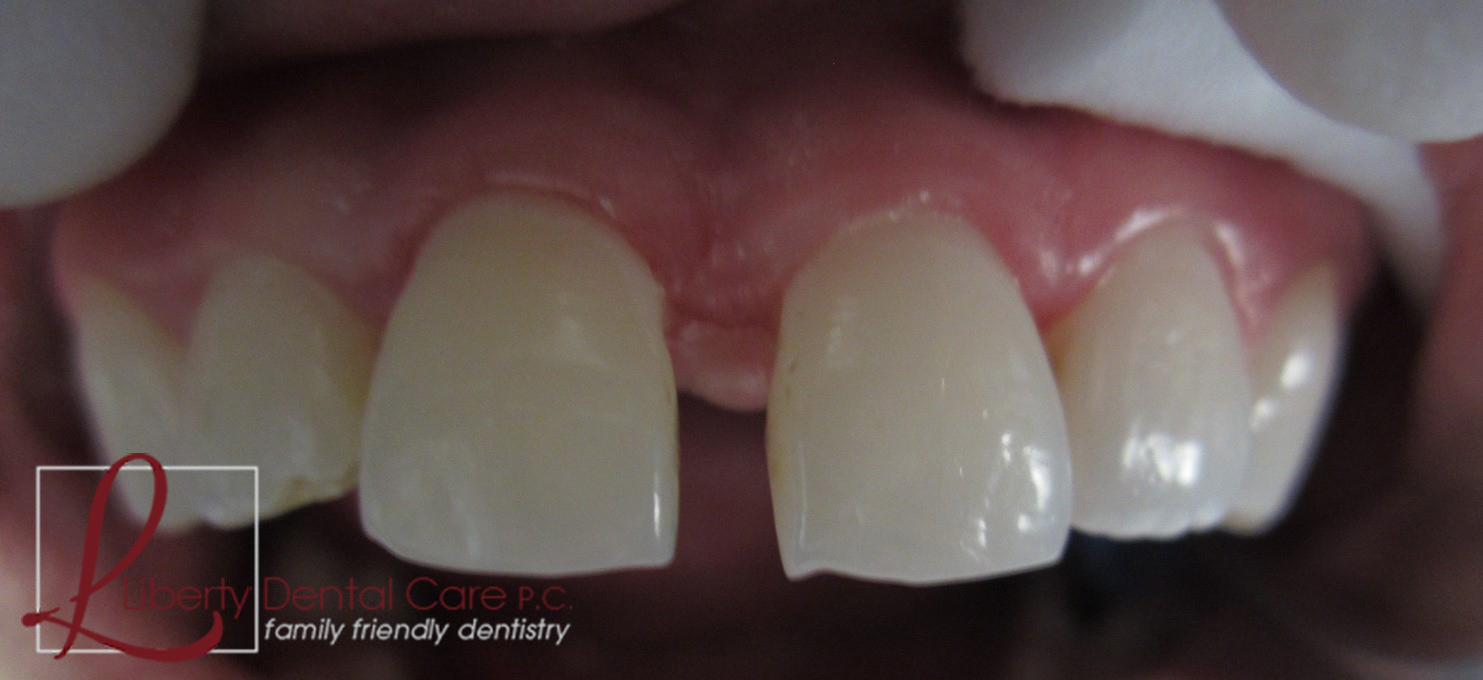
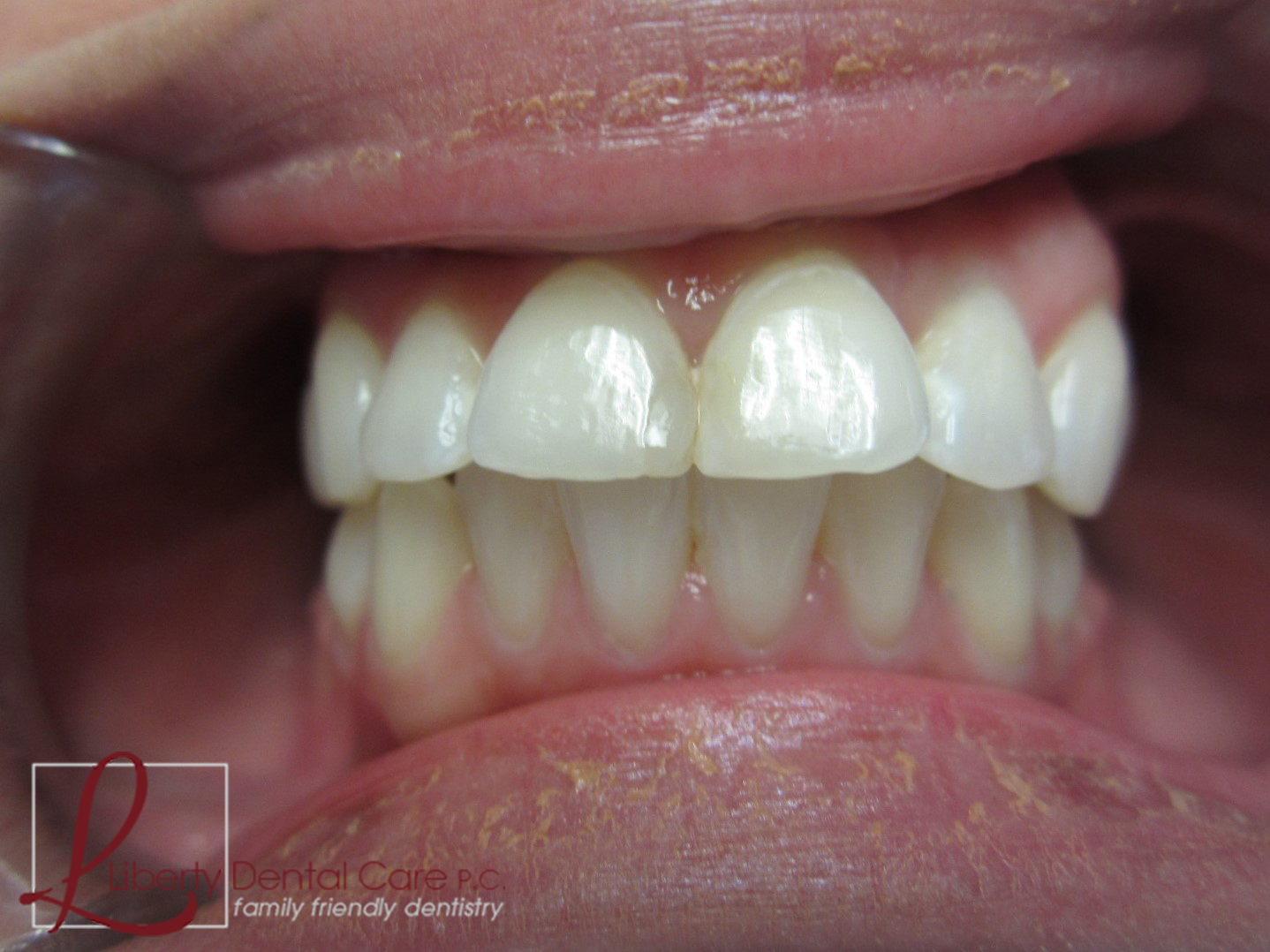
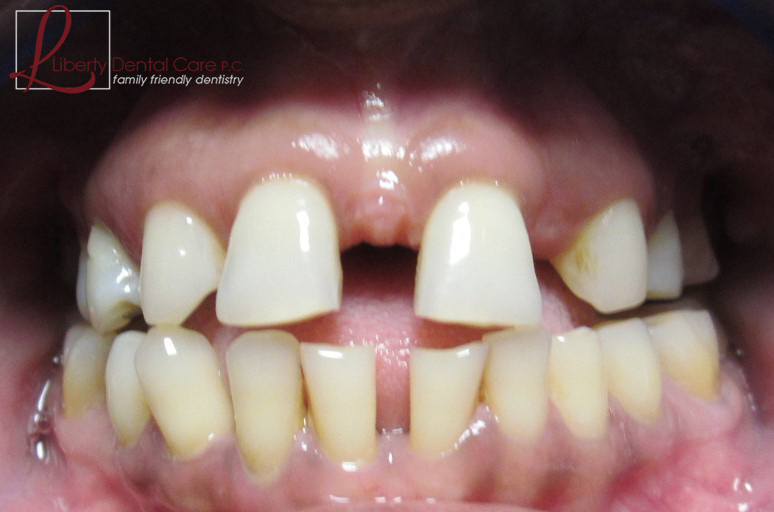
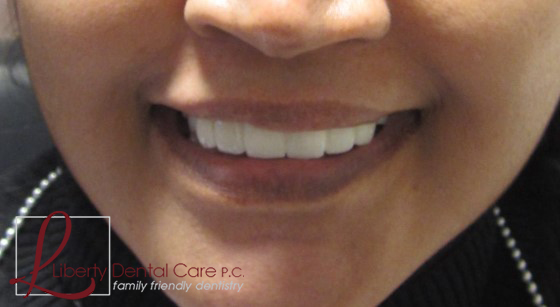
Cosmetic dentistry offers solutions to improve the look of teeth that are stained, discolored, chipped, worn down, misshapen, a little gapped, or misaligned. It combines the art and science of dentistry to transform a less-than-perfect smile into one that looks naturally beautiful while at the same time enhancing overall facial aesthetics.
The great thing about cosmetic dentistry is that it offers multiple solutions to quickly improve the look of one’s smile. It all depends on your specific dental needs and cosmetic smile goals. While procedures such as teeth-whitening, tooth-colored fillings, and dental bonding typically provide dramatic improvements in just a single visit, others such as dental veneers only take a couple of visits.
A teeth whitening procedure as provided by our office is often the simplest, quickest, and most effective way to significantly lighten and brighten your smile.
Porcelain veneers are capable of concealing a range of imperfections, dramatically improving the look of teeth that are misshapen, have minor chips, enamel defects, or stains. They also provide an excellent solution for closing small gaps as well as addressing other minor alignment issues. While teeth whitening procedures can effectively treat many cases of dental stains or discolorations to produce cosmetically pleasing results, darker stains, as well as specific issues involving the size, shape, and alignment of the teeth, are better addressed with porcelain veneers.
How a back tooth is repaired and restored depends on the extent of the cavity or damage it has sustained. In many cases, a tooth-colored filling is often sufficient to restore the form and function of a back tooth. However, when a significant amount of tooth structure is damaged, or the tooth has had a root canal, it’s often necessary to fabricate a full coverage crown. In this way, the remaining tooth structure is protected from further damage while full function and a natural-looking smile is restored.
Whether or not a chipped or fractured tooth requires a dental crown depends on the extent of the damage. Some minor chips can be addressed with a dental bonding procedure or a veneer. When a significant amount of tooth structure is lost, rebuilding the form and function of the involved tooth may require a full coverage crown.
While conventional dental bridges and dentures offer effective and satisfying ways to rebuild a complete and attractive smile, dental implants represent the most advanced solutions for replacing missing teeth. With dental implants, our office can replace a single tooth or multiple ones to give you a smile that feels, looks, and functions like a natural one. Dental implants behave in much the same way as the root of an actual tooth, providing stable, secure, and long-lasting results of care.
How long your teeth whitening lasts depends on your lifestyle. Eating, drinking, and smoking habits can have a big impact on maintaining your result. Our office will inform you which food, beverages, or habits can stain your newly whitened smile. As needed, we’ll also help you maintain a white and vibrant smile with a periodic, safe, and effective touch-up whitening procedure.
At the office of Liberty Dental Care PC by Park One Dental, we want every patient to enjoy the benefits of a beautiful and healthy smile. We strive to make dental care affordable and accessible. Improving the look of your smile is a worthwhile investment, and we always try to optimize any dental insurance benefits to cover your work. However, it’s essential to keep in mind that cosmetic dental procedures may not be covered by your plan. You can count on our office to explain every cosmetic option available to address your needs and the fees involved. To help you begin care without any additional stress or delay, we can discuss different payment options and financing plans.
Although achieving aesthetically pleasing and long-lasting results of care requires knowledge, experience, and technical proficiency, it also calls for a professional with an artistic eye and awareness of facial aesthetics. At the office of Liberty Dental Care PC by Park One Dental, we successfully combine the art and science of dentistry to create smiles that are as beautiful as they are healthy. From performing professional teeth whitening procedures, fabricating custom dental veneers or crowns to rebuilding complete and beautiful smiles with dental implants and much more, we’re well equipped to transform less-than-perfect smiles into ones that look good and feel great.
Before and after pictures are standardized clinical photographs taken before, during, and after dental treatment to document the condition of a patient’s teeth and soft tissues. These images serve as objective records that support diagnosis, track progress, and help clinicians evaluate the effectiveness of treatment over time. They also provide a visual reference for discussing treatment goals, expected outcomes, and alternative approaches with patients.
When captured and archived correctly, these photographs become part of the patient’s clinical record and support continuity of care across future visits. Clear, well‑lit images reduce ambiguity in communication among the dental team and improve consistency in treatment planning and follow-up evaluations.
Consistent technique is essential for producing comparable before and after images, so clinicians use standardized camera settings, fixed distances, controlled lighting, and consistent patient positioning. Intraoral mirrors, cheek retractors, and retracting devices are commonly used to expose the areas of interest without distortion, while extraoral views capture facial proportions and smile dynamics. Photographers or trained clinical staff typically follow a checklist of views—such as frontal, lateral, occlusal, and close‑ups—to ensure comprehensive documentation.
Digital protocols often include labeling images with dates and patient identifiers and using the same exposure and white balance settings for repeat photographs. These measures minimize visual variables and make it easier for clinicians and patients to compare images objectively during treatment planning and follow-up.
Photographic documentation is useful across a broad range of dental procedures, including cosmetic treatments such as veneers, crowns, and whitening, as well as restorative, implant, periodontal, and orthodontic treatments. Images help illustrate preexisting conditions like discoloration, wear, fractures, spacing, and soft‑tissue concerns that are relevant to selecting appropriate therapies. For surgical procedures, photos can document baseline anatomy and post‑operative healing patterns.
Because photographs capture both hard‑ and soft‑tissue relationships, they are also valuable for multidisciplinary cases that require coordination between restorative, periodontal, and prosthetic specialists. The visual record supports case discussion and helps clinicians plan predictable, evidence‑based sequences of care.
Patients can help ensure high‑quality images by arriving with clean teeth and limiting lip or facial makeup that might obscure tissue details. It is helpful to wear minimal jewelry around the mouth and avoid bright lipstick or heavy facial cosmetics on the day of the appointment. If specific views are required, staff will provide instructions about head positioning, natural lip posture, and whether to bring prior dental records or models.
Patients should also communicate any sensitivities, gag reflex, or comfort concerns with the clinical team so appropriate measures can be taken while photographing intraoral areas. Clear instructions and open communication improve the efficiency of the photographic session and enhance the usefulness of the images for clinical decision making.
Photographs taken in the dental office are part of the patient’s clinical record and must be stored in accordance with privacy and data security standards. Practices typically use encrypted electronic health record systems or secure servers with controlled access to ensure that images are only available to authorized clinical personnel. Routine safeguards include password protection, access logs, and secure backup procedures to prevent unauthorized access or accidental loss.
In addition to digital security, many practices maintain written policies governing retention periods, access requests, and the secure disposal of outdated records. Patients who have questions about how their images are stored or who may access them should speak with the office privacy officer or administrative staff for specific information.
Patients generally have the right to request copies of their clinical photographs as part of their health records, subject to applicable privacy and record‑release procedures. Care teams typically provide copies in a secure digital format or on physical media when requested, and they may require a signed authorization to document the release. Turnaround times and the method of delivery are handled according to the practice’s established protocols to protect patient privacy during transfer.
When requesting copies, patients should specify the preferred format and delivery method and may be asked to confirm identity before images are released. Staff can explain the steps for making a formal request and any documentation that might be required to comply with legal and regulatory safeguards.
Photographs are a visual record of outcomes but do not constitute a guarantee that a future treatment will replicate those results for every patient. Individual treatment responses vary based on factors such as anatomy, oral hygiene, healing, and adherence to post‑treatment care. Images are intended to inform realistic expectations and support clinical discussions rather than promise an identical outcome.
Clinicians use photographs as one of several tools—alongside clinical exams, radiographs, and diagnostic models—to set achievable goals and explain potential risks and limitations. Patients should discuss desired outcomes and pertinent clinical variables with their dentist to understand how their unique situation may influence results.
Before and after images aid treatment planning by documenting baseline conditions and visually comparing proposed changes to natural anatomy and smile dynamics. Clinicians use these photos to evaluate symmetry, color relationships, occlusion, and periodontal contours when designing restorative or cosmetic solutions. Photographs can be incorporated into digital treatment simulations and mockups to preview potential outcomes for patient review.
These visual resources also facilitate team consultations and lab communication by providing clear references for technicians, specialists, and other members of the care team. Using images in this way helps ensure that clinical objectives are clearly defined and consistently applied throughout the course of treatment.
With explicit patient consent, clinical photographs may be used for professional education, training, or presentations to illustrate clinical techniques and outcomes. When images are shared for these purposes, responsible practices anonymize or crop identifying features and adhere to ethical standards that protect patient privacy. Consent processes should clearly explain the intended use, scope of distribution, and any steps taken to de‑identify the images.
If patients prefer not to have their photos shared outside the clinical record, they have the right to decline without affecting their care. Staff should always obtain documented permission before using any image for teaching, publication, or public display.
Our office follows a clear consent process that explains how photographs will be captured, stored, and potentially used, and we obtain documented authorization before any image is shared beyond the clinical record. Staff receive training on privacy regulations and secure handling of images, and we apply established technical safeguards such as encrypted storage and restricted access to protect patient information. Patients are always informed of their rights and may opt out of nonclinical uses at any time.
We treat clinical photography as a clinical tool first and foremost, using images to improve diagnosis, plan care, and monitor outcomes while respecting each patient’s preferences and privacy. Any use of images for education or professional purposes is subject to strict oversight and patient approval before publication or presentation.
Liberty Dental Care PC by Park One Dental
112-10 Liberty Avenue, Richmond Hill, NY 11419Park One Dental
1601 Jericho Turnpike, New Hyde Park, NY 11040 (516) 354-0033